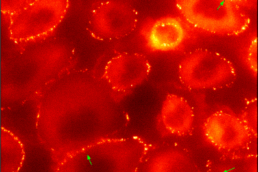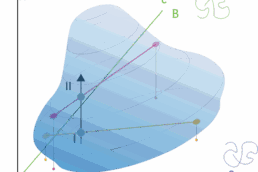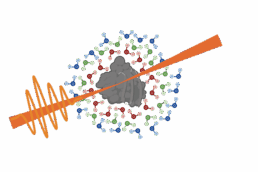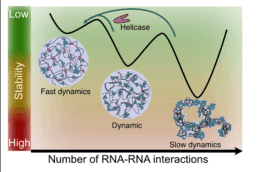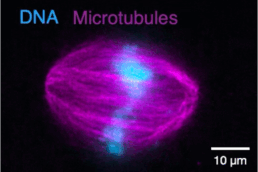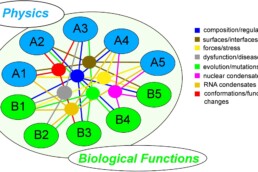Theory and simulation of polymer-assisted condensates (A4)
Objective
The goal of of A4 is to understand formation, dissolution and functions of multi-component polymer assisted condensates using generic concepts of polymer physics.
Project Description
Large biopolymers such as DNA and RNA,play a pivotal role in the formation of condensates, owing to their low mixing entropy and vast number of conformational degrees of freedom. In particular, they can locally trigger condensate formation.
The Sommer group has pioneered analytical and simulation-based approaches to study polymers in multi-component solutions, predicting unusual phase transitions such as co-nonsolvency and polymer-assisted condensation (PAC). In collaboration with the Schiessel group, the PAC concept has been applied to explain the formation of heterochromatin and mechanisms of epigenetic inheritance.
Currently, we are investigating more complex scenarios, including wetting behavior and compartmentalization in multi-component condensates. Computer simulations play a key role in exploring and analyzing these complex phase behaviors.
Research questions
- How can multi-phase coexistence be incorporated into the polymer-assisted condensation (PAC) model?
- How can coarse-grained simulations be refined to model specific condensate problems such as DNA target search, DNA repair, polymerization/depolymerization processes (PAR), or post-translational modifications?
- How can field-theoretic methods be applied to explore the phase space of complex protein/polynucleotide solutions? How can these concepts be extended to understand the dynamics of condensates?
Thesis Project Topic
Training
The PhD students will be trained in mathematical-analytical methods, polymer physics and statistical thermodynamics of phase transitions, various simulation methods and numerical concepts.
Profile of Prospective Students
- Candidates have a Masters degree in physics or related fields
- Candidates should have a sound basis in statistical physics, soft matter theory or closely related fields.
- Experience in computer simulations and numerical methods are expected
Supervisor: Jens-Uwe Sommer
Soft Matter Theory and Polymer Physics
Discipline: Theoretical physics
Affiliation: TU Dresden, Faculty of Physics | Leibniz IPF Dresden | Physics of Life (TU Dresden)
Contact: jens-uwe.sommer (at) tu-dresden (dot) de
Explore other RTG Thesis Projects
Collaborations within the RTG
Click on the different project numbers (e.g. A1) to find out more about the theme of their ongoing collaborations and explore the project details
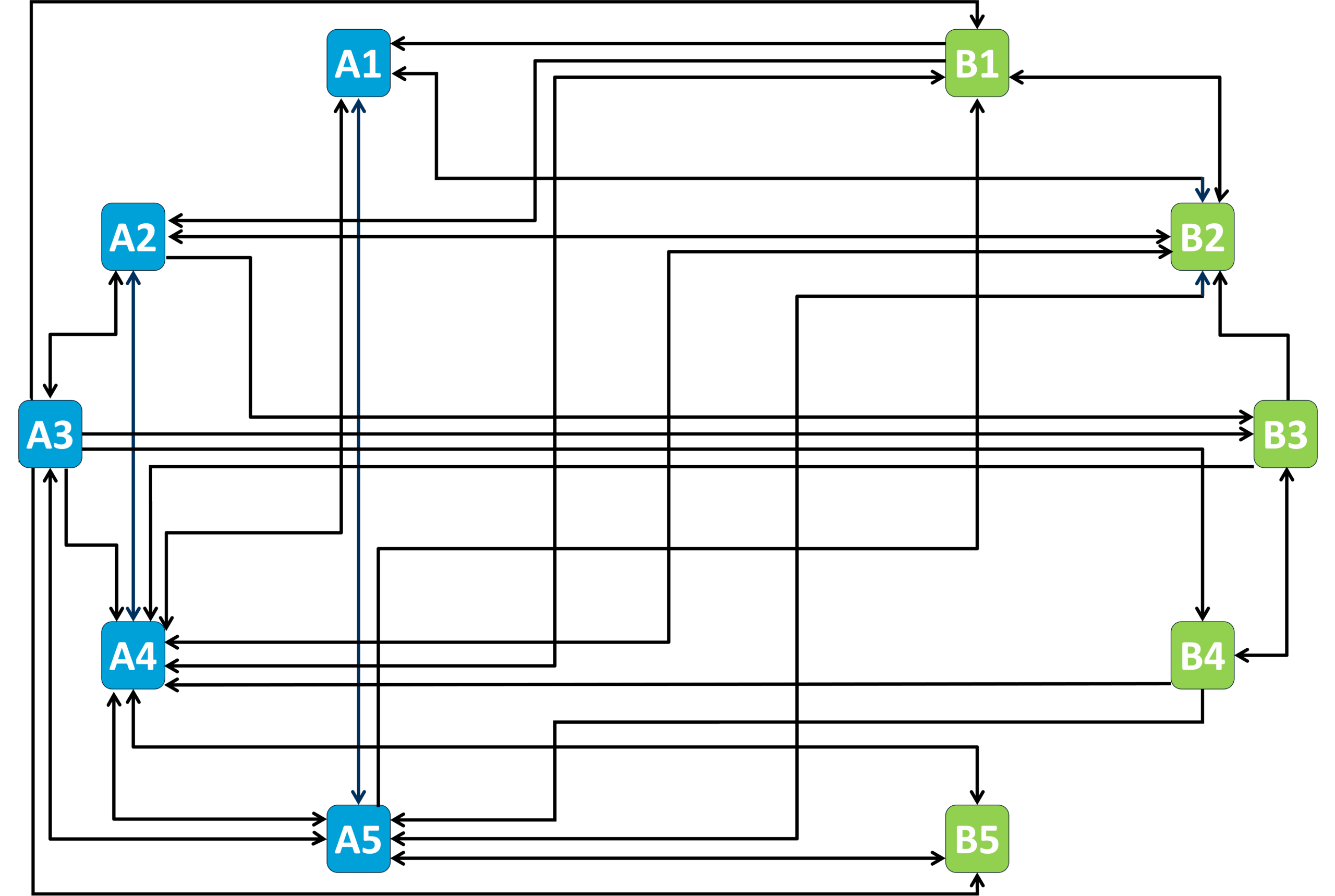
A2 - Biomolecular condensate regulation (Harmon)
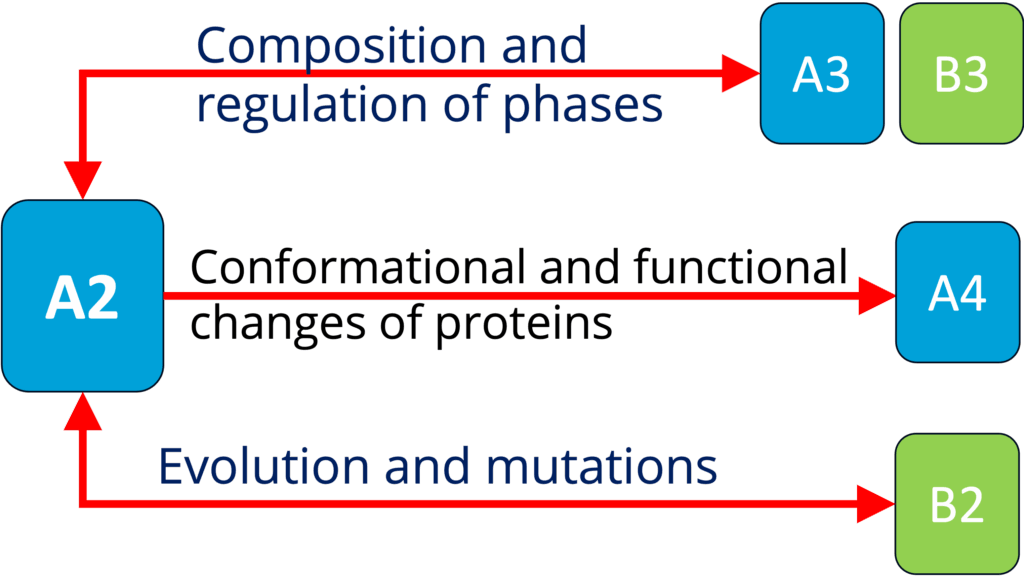
See project details: https://dresdencondensates.org/projects/a2/
A4 - Theory and simulation of polymer-assisted condensates (Sommer)

See project details: https://dresdencondensates.org/projects/a4/
B2 - Characterizing the role of RNP granules in ALS (Sterneckert)

See project details: https://dresdencondensates.org/projects/b2/
A1 - Role of surface condensation for the assembly of cortical proteins (Honigmann)
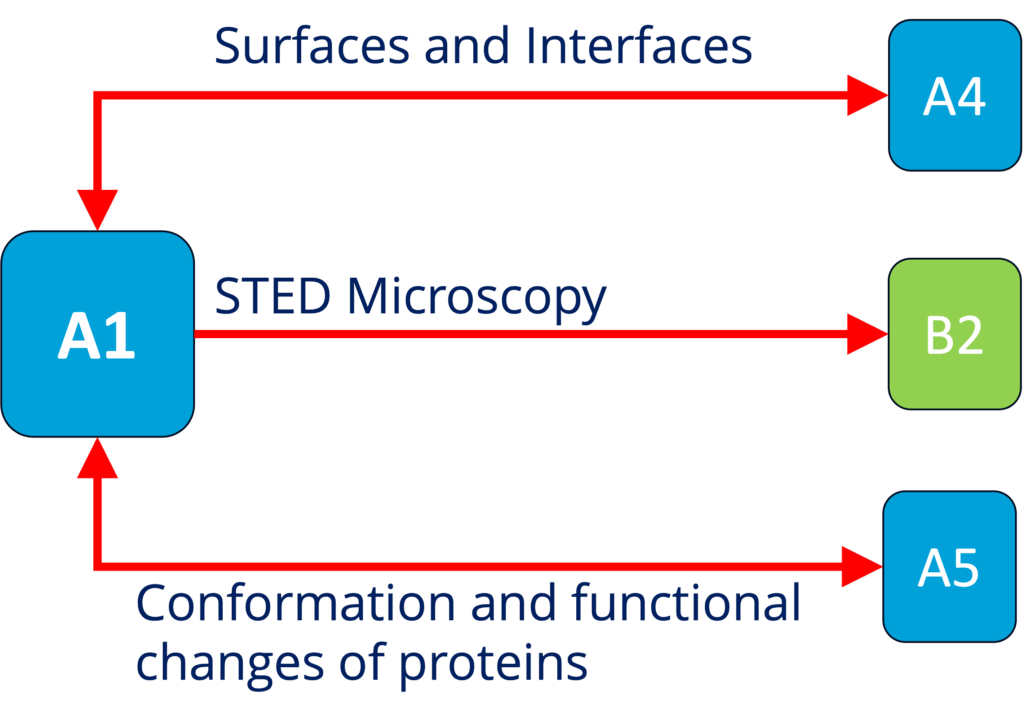
See project details: https://dresdencondensates.org/projects/a1/
A3 - Spectroscopy and local interactions in condensates and organization of the cytoplasm (Adams)
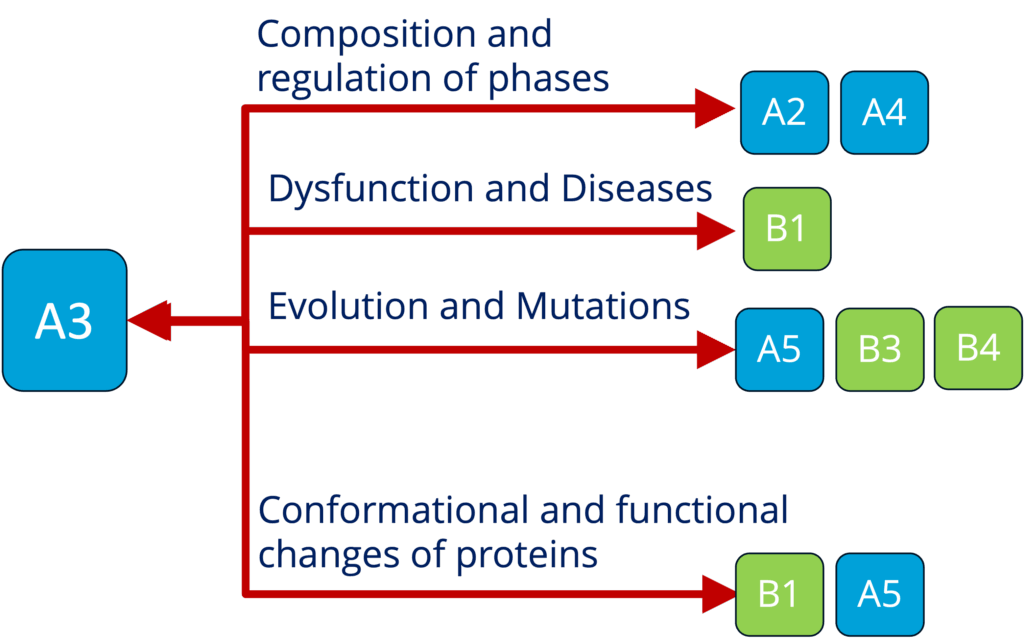
See project details: https://dresdencondensates.org/projects/a3/
A5 - Capillary forces and the force response of condensates (Jahnel and Grill)
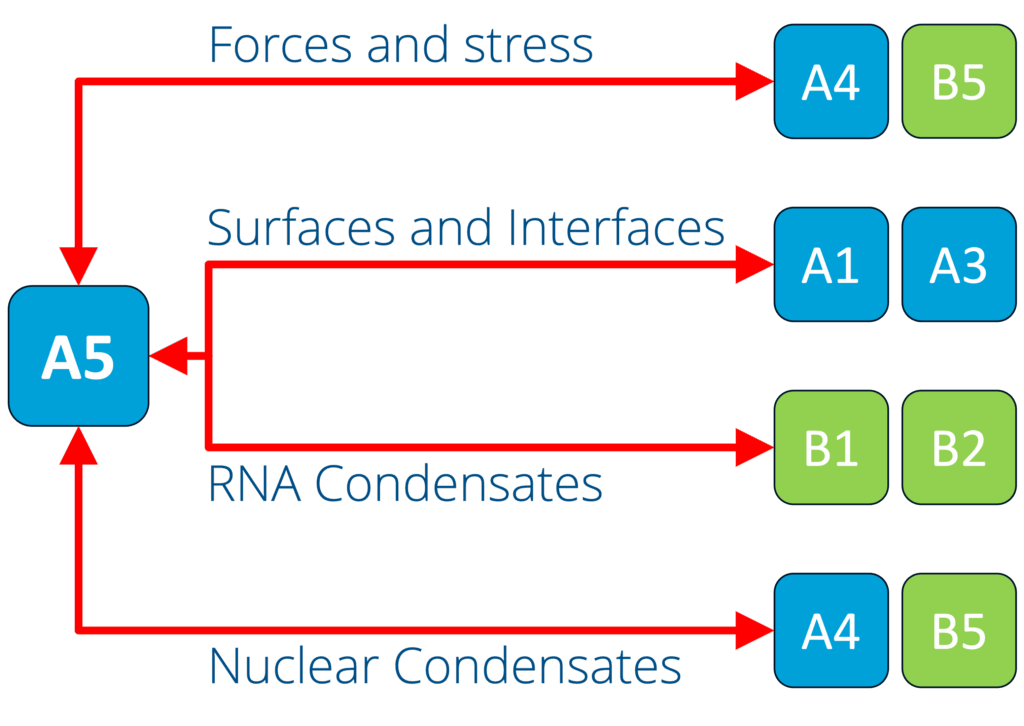
See project details: https://dresdencondensates.org/projects/a5/
B1 - Elucidating the mechanisms underlying mRNA translation regulation by condensation (biophysics and biochemistry) (Alberti and Schlierf)

See project details: https://dresdencondensates.org/projects/b1/
B3 - Sequence to function mapping of condensate proteomes (Toth-Petroczy)
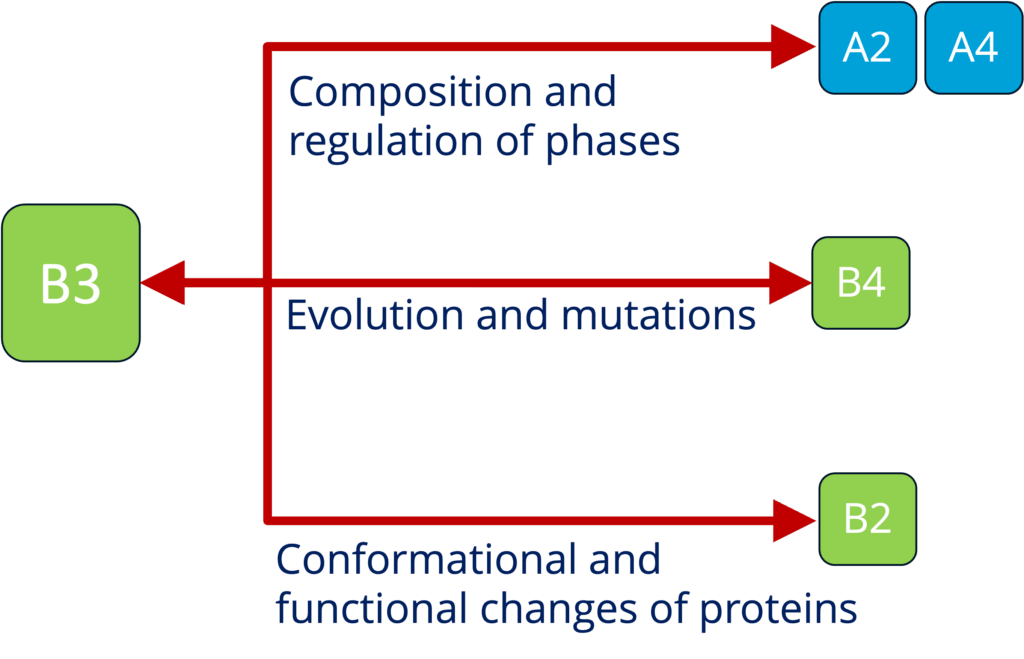
See project details: https://dresdencondensates.org/projects/b3/
B4 - Role of condensates in biological time across mammals (Ebisuya and Hyman)
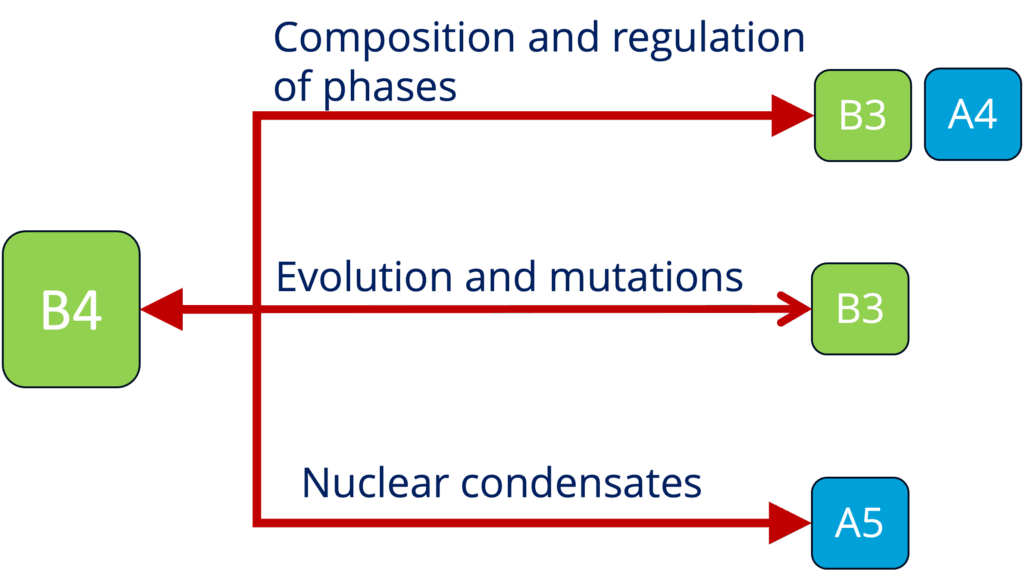
See project details: https://dresdencondensates.org/projects/b4/
B5 - Role of condensates in epigenetics (experiments and theory) (Brugués and Schiessel)
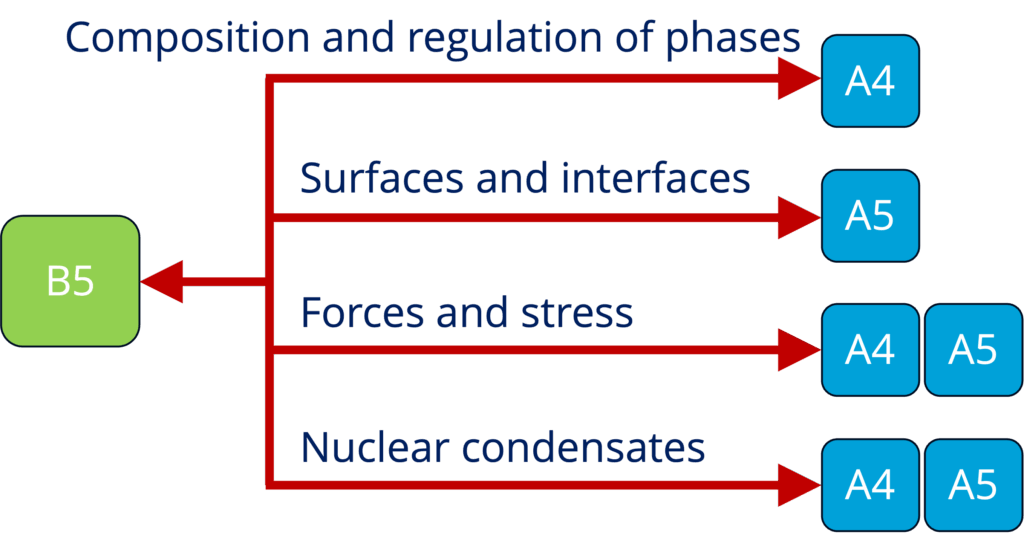
See Project Details: https://dresdencondensates.org/projects/b5/


